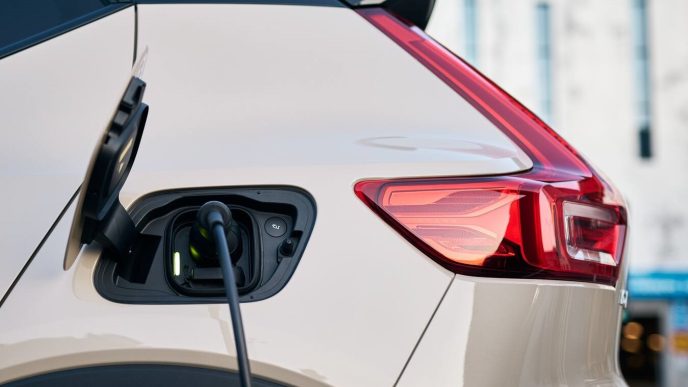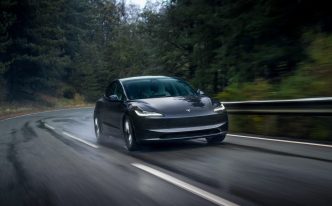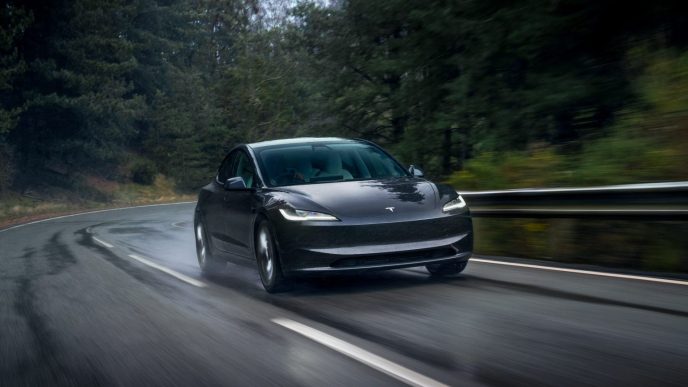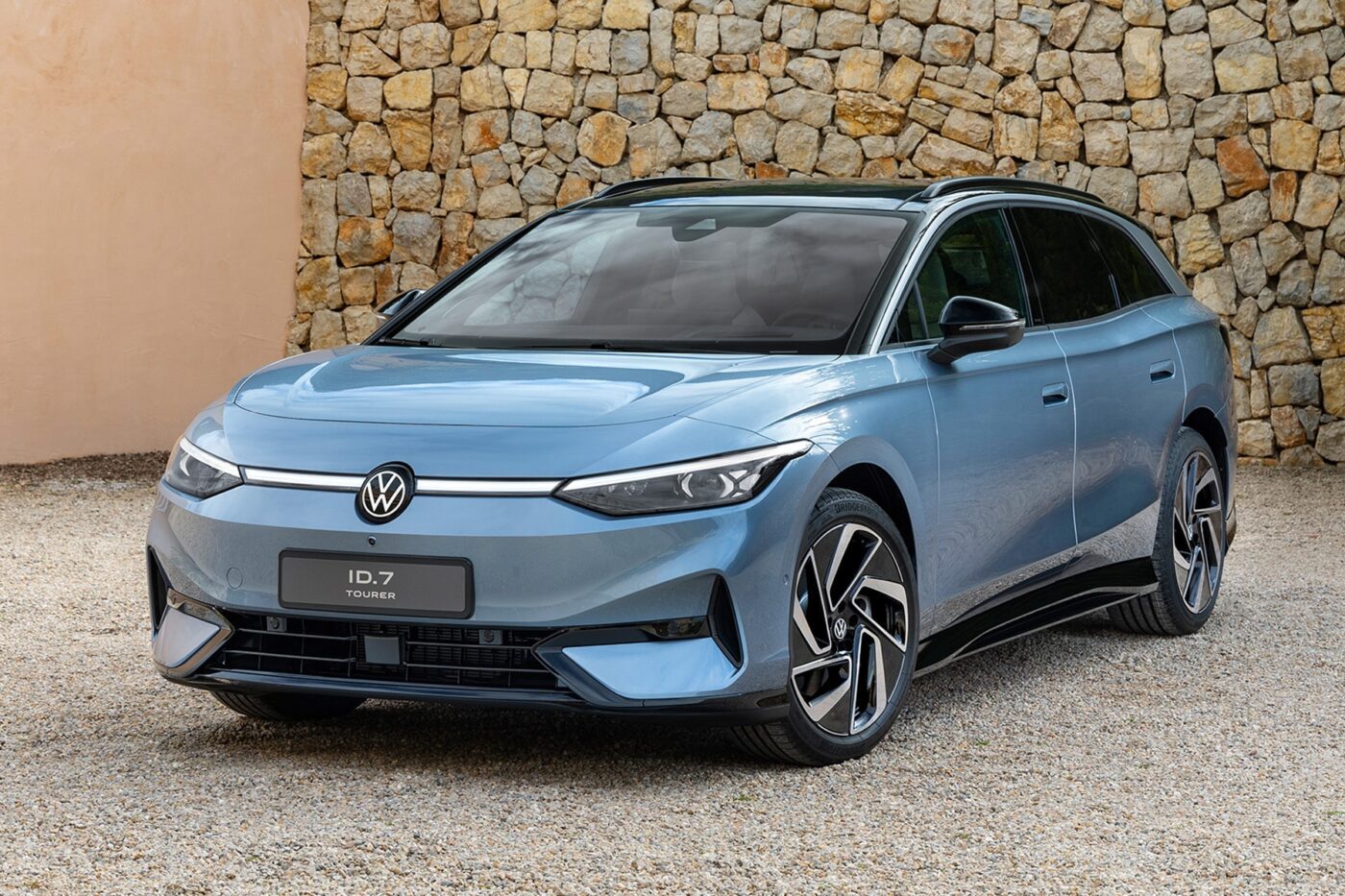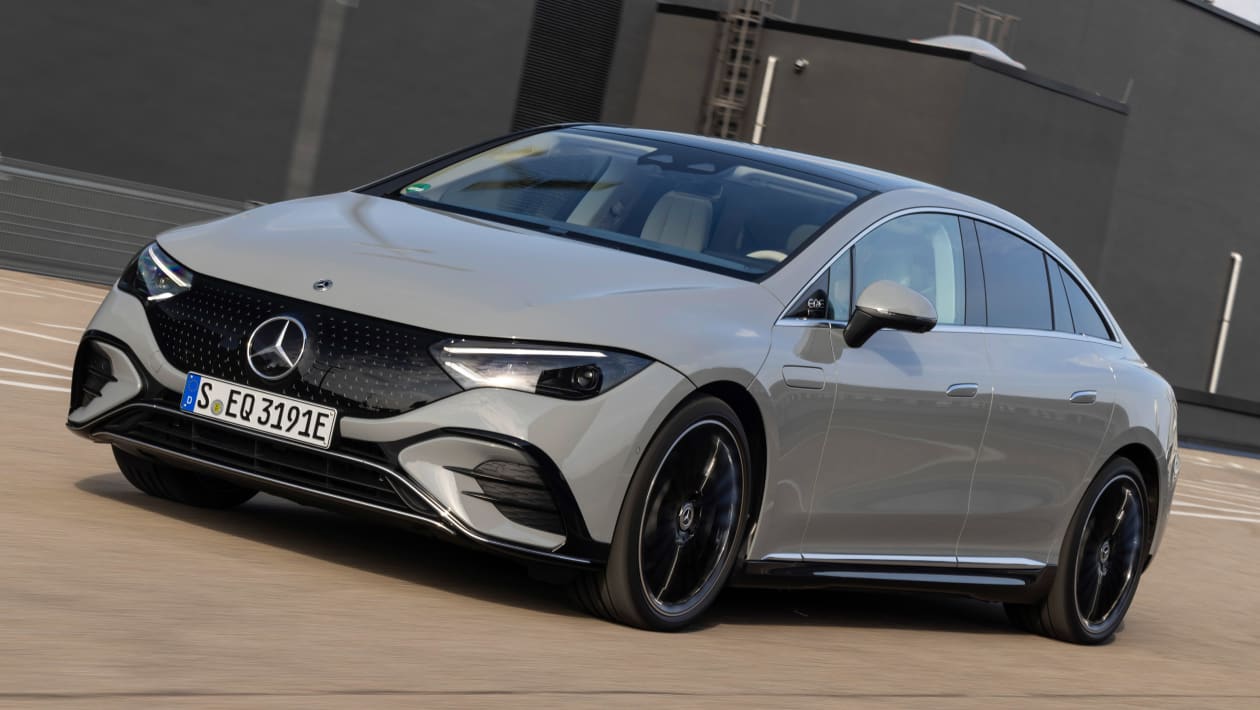Electric vehicles (EVs) are becoming increasingly affordable, with inflation-adjusted prices falling by 25% since 2018, according to a Jato Dynamics report.
The price reduction has significantly closed the gap between EVs and combustion-engine vehicles, addressing a long-standing barrier to adoption for many buyers.
See also: Global EV Sales Surge 25% in 2024, Regional Trends Highlight Divergences
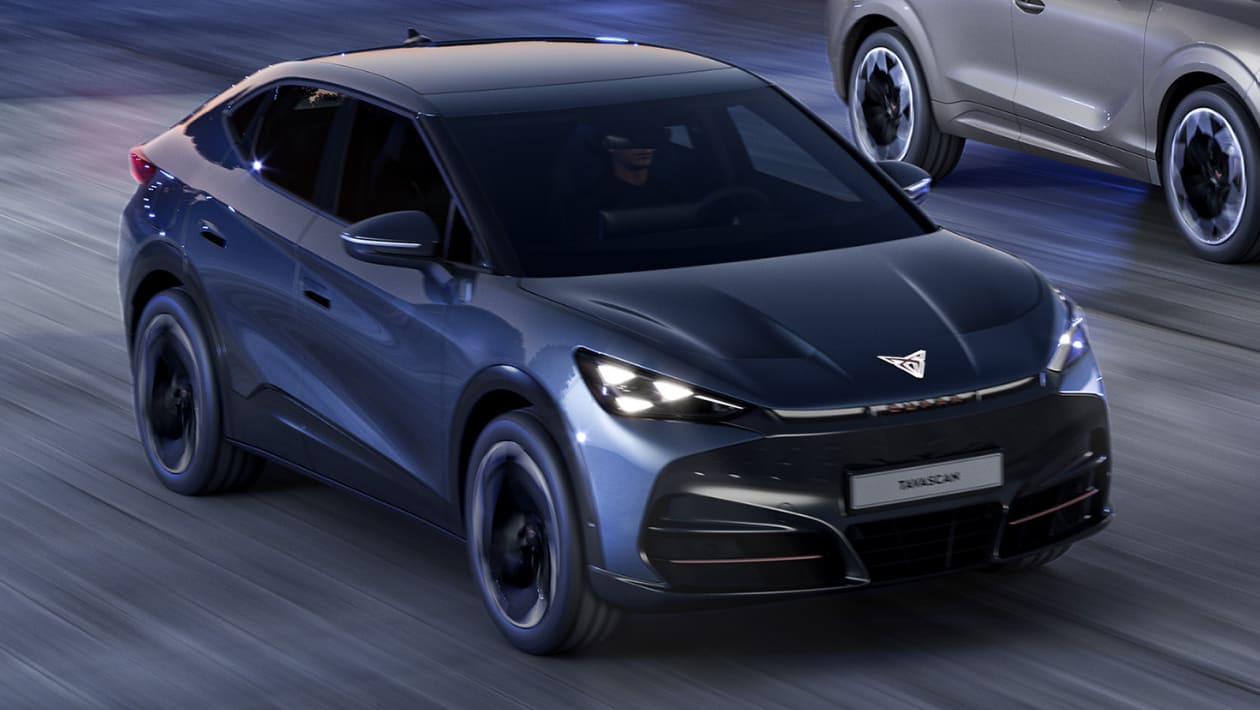
In the United States, the gap between EVs and traditional cars narrowed from 50% in 2021 to just 15% by 2023. This shift has been driven by a surge in new EV models and competitive price cuts by manufacturers like Tesla.
In Europe, the trend is mixed. While the gap decreased from 29% in 2023 to 22% last year, the narrowing reflects both a drop in EV prices and an increase in the cost of combustion vehicles.
See also: Survey Finds 92% of EV Drivers Plan to Buy Another Electric Vehicle, Only 1% Would Return to Gas

China leads the charge in affordability. A Polestar 4 Dual Motor, for instance, costs $62,900 in the U.S. and €69,300 in the Eurozone but is priced significantly lower at €52,190 (¥399,000) in China. British buyers face the highest prices, paying €79,424 for the same vehicle, despite all models being built in the same factory.
The report highlights substantial regional disparities in EV pricing, influenced by factors like local production costs, government incentives, and market competition. While the global trend favors increased affordability, significant variations remain between markets.




